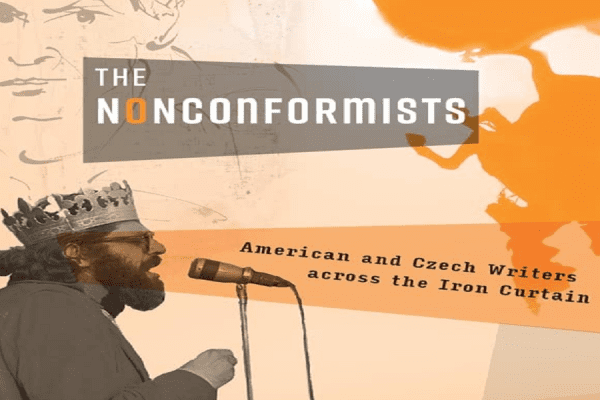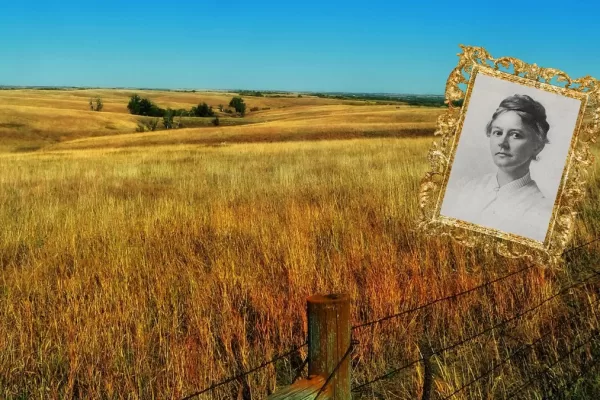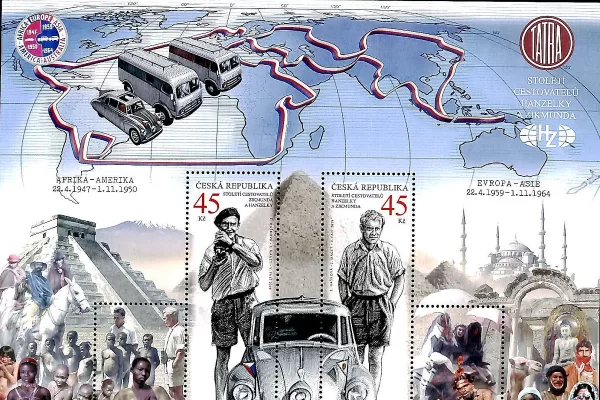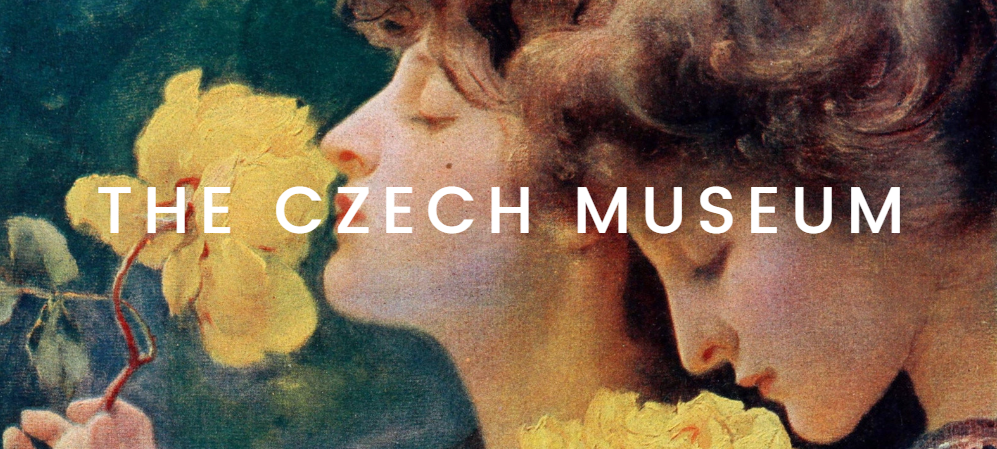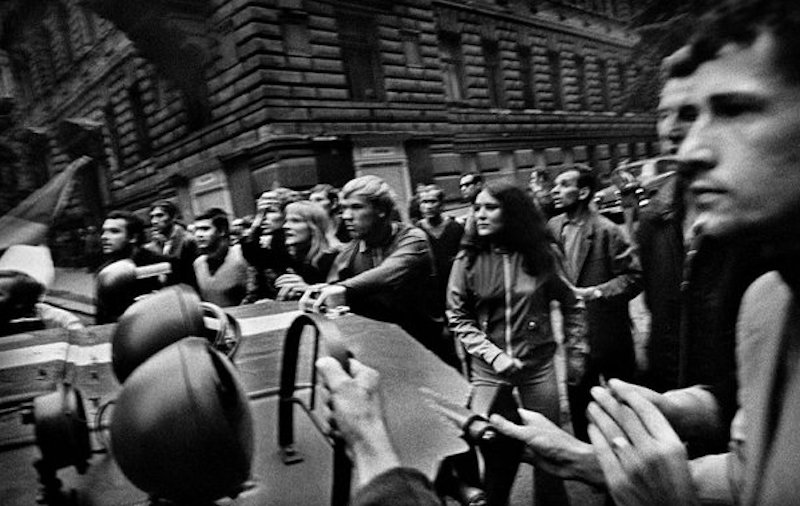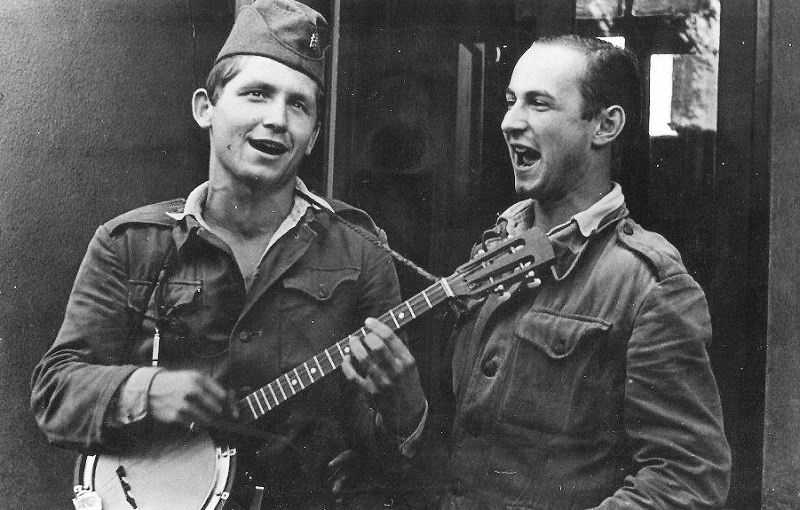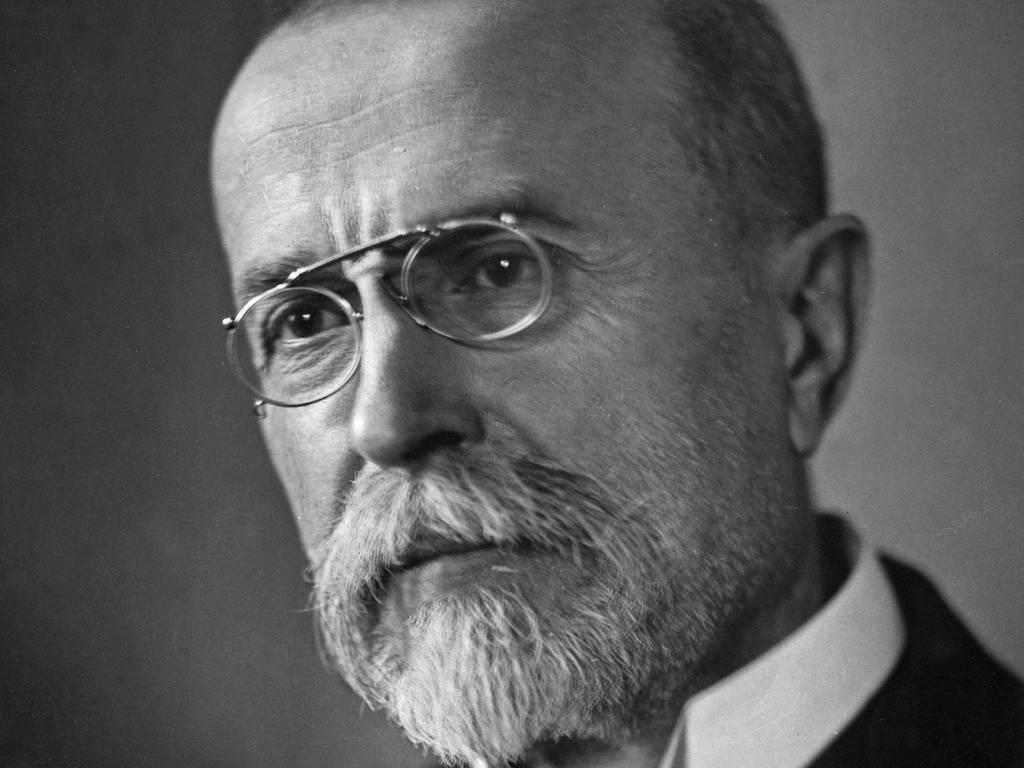Browsing at an old bookstore, we came across a treasure! The New Vision for the New Architecture Czechoslovakia 1918-1938 by Jaroslav Andel, published by Scalo Verlag AG, Zurich 2006.
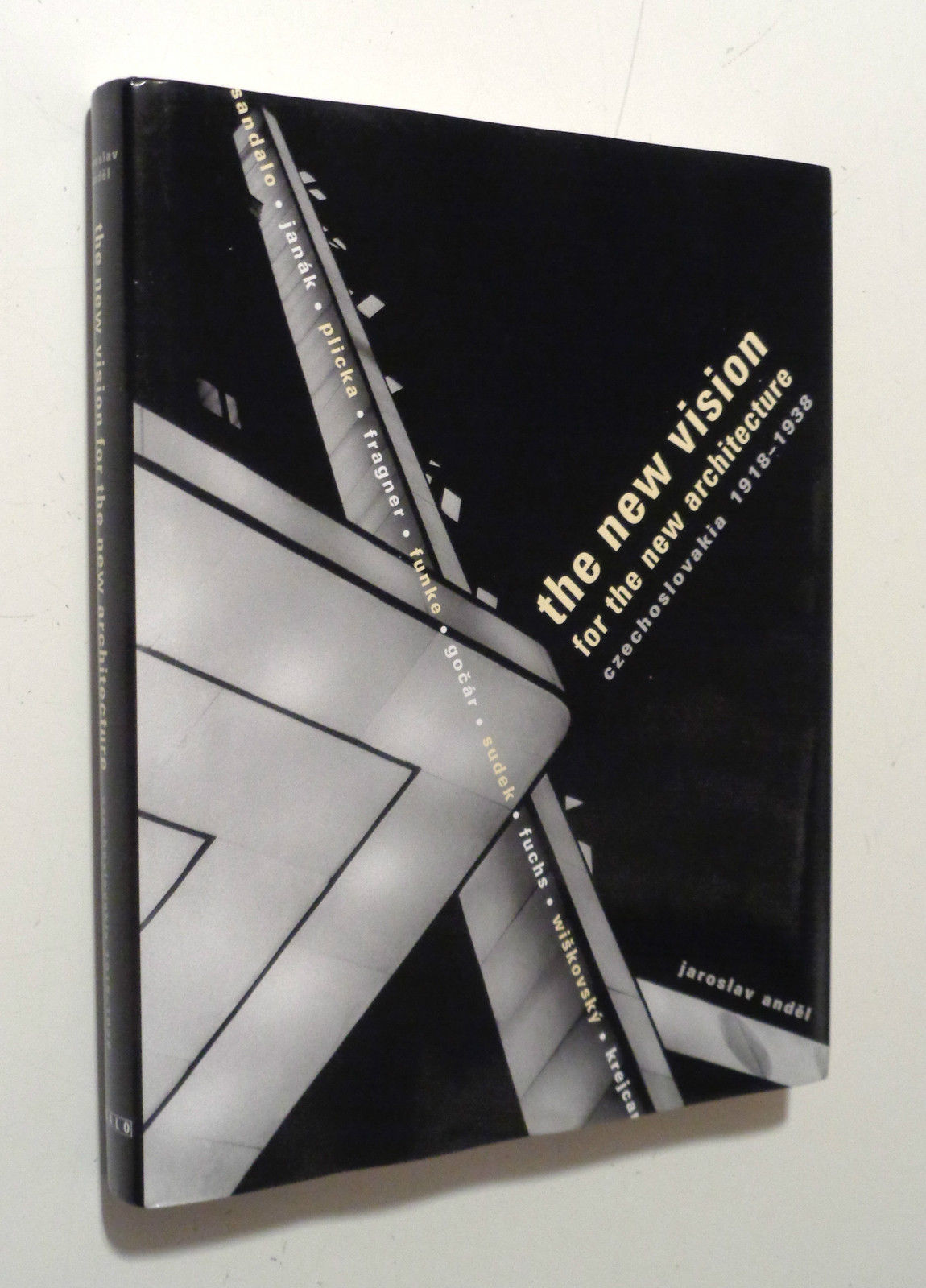 What a beautiful and fantastic huge volume featuring the Modernist and avant-garde architecture from Czechoslovakia from 1918 to 1938. This hardcover edition of The New Vision for the New Architecture Czechoslovakia 1918-1938 also includes graphic design for architectural periodicals and books by Ladislav Sutnar, Karel Teige and more.
What a beautiful and fantastic huge volume featuring the Modernist and avant-garde architecture from Czechoslovakia from 1918 to 1938. This hardcover edition of The New Vision for the New Architecture Czechoslovakia 1918-1938 also includes graphic design for architectural periodicals and books by Ladislav Sutnar, Karel Teige and more.
“This book explores the significant body of architectural photography produced in Czechoslovakia in the 1920s and 1930s. In this period, both architects and photographers saw themselves as participants in the creation of a new world, pursuing beliefs in social and technological utopias. Practitioners in the two fields shared and stimulated each other’s vision, fostering interplay that consisted of mutual influences, parallels, and affinities. This relationship was highly developed in Czechoslovakia where special conditions existed for the reception of the modern movement in both architecture and photography. The process of modernization as well as the creation of nation states and the rise of the middle class started later in Central Europe than in Western Europe. With its young middle class, the new Czechoslovak state eagerly embraced modern ideas and recognized in architecture a powerful tool for expressing its goals and ideals.” – from the introduction The New Vision for the New Architecture: Czechoslovakia 1918–1938.
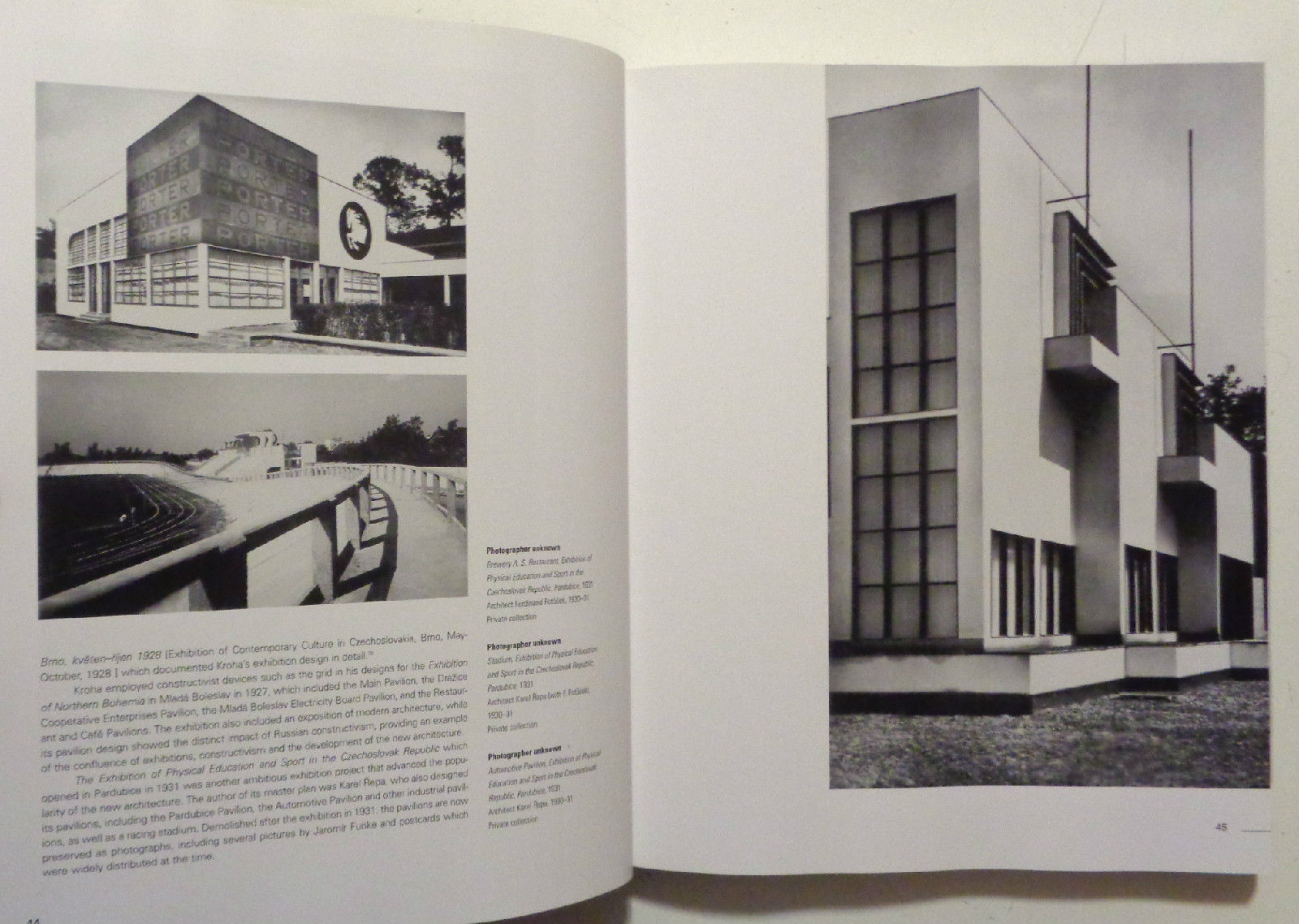 The images depicting key modern buildings, as well as lesser-known ones, are organized according to building typology and referential design (aviation, cinema), an organizational concept first used in the exhibition In Praise of the New Architecture (Prague, 1940) communicating an original vision that continues to inspire today.
The images depicting key modern buildings, as well as lesser-known ones, are organized according to building typology and referential design (aviation, cinema), an organizational concept first used in the exhibition In Praise of the New Architecture (Prague, 1940) communicating an original vision that continues to inspire today.
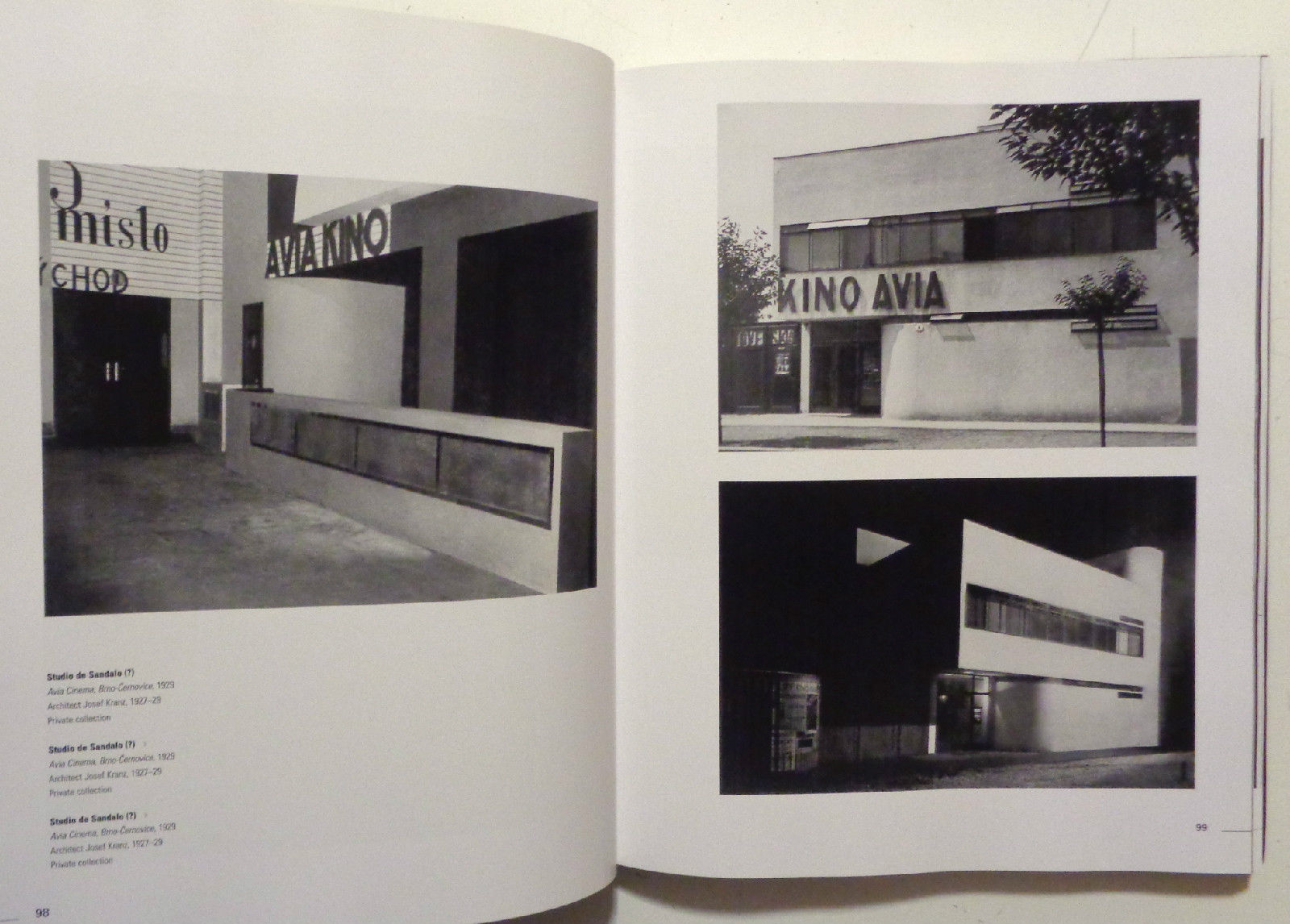 They also demonstrate that interwar Czechoslovakia was a leading European influence in the modern movement of architecture and photography. This book is an opportunity to bring extensive documentation about the architectural and photographic heritage of a rapidly changing society to a greater public before it disappears completely like other architectural masterpieces that have been forgotten, and eventually demolished, in the face of economic growth and political change.
They also demonstrate that interwar Czechoslovakia was a leading European influence in the modern movement of architecture and photography. This book is an opportunity to bring extensive documentation about the architectural and photographic heritage of a rapidly changing society to a greater public before it disappears completely like other architectural masterpieces that have been forgotten, and eventually demolished, in the face of economic growth and political change.
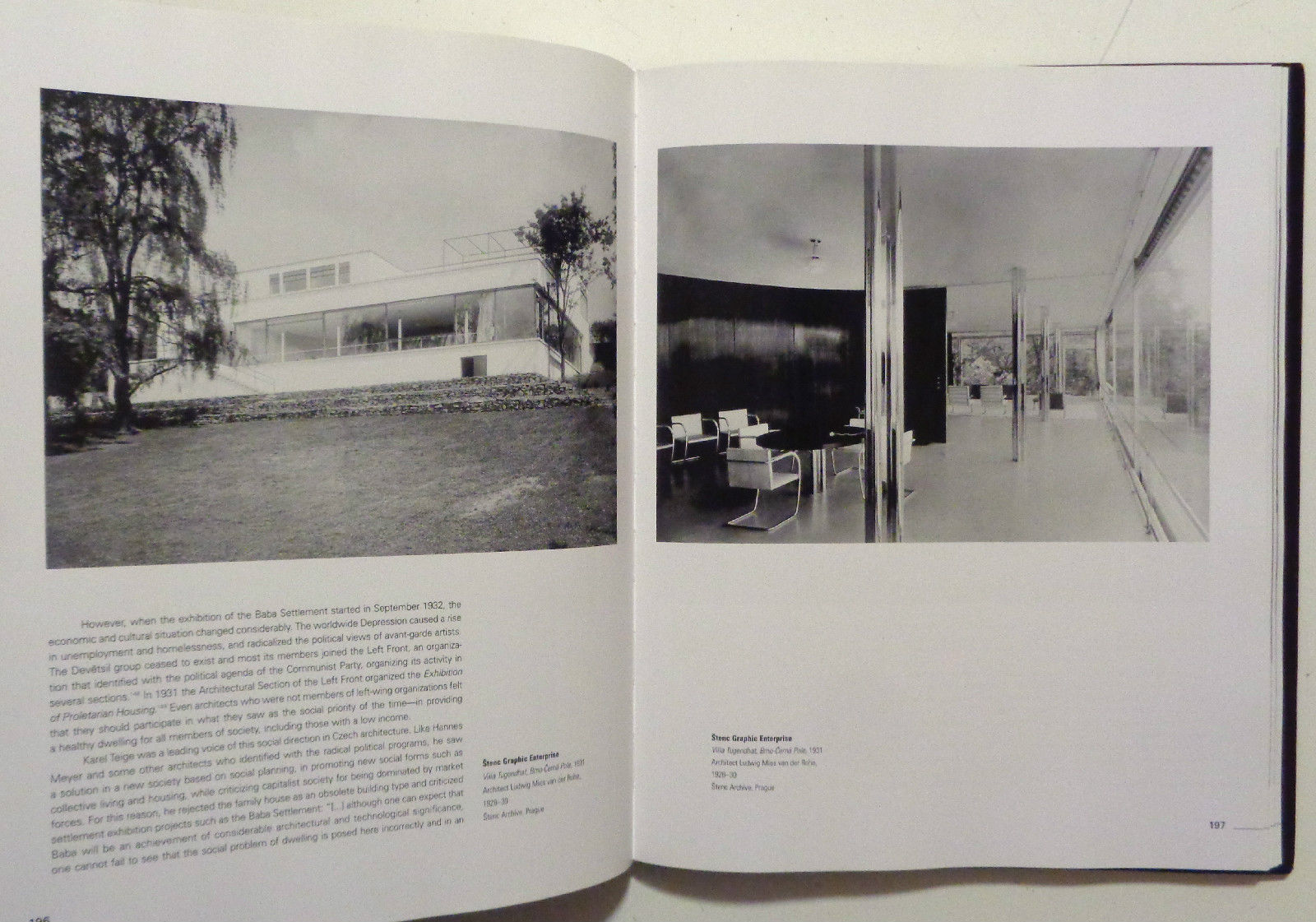 “Buildings as complex spatial structures are constantly interpreted and reinterpreted in various media – drawings, paintings, models, photographs, and films. Images of modern buildings have been viewed, constructed, reproduced and transmitted most frequently by means of photographs and their photo-mechanical reproductions. The primary vehicles of the transmission or distribution of these images were architectural exhibitions and architectural publications.” – from the chapter Architecture in Print.
“Buildings as complex spatial structures are constantly interpreted and reinterpreted in various media – drawings, paintings, models, photographs, and films. Images of modern buildings have been viewed, constructed, reproduced and transmitted most frequently by means of photographs and their photo-mechanical reproductions. The primary vehicles of the transmission or distribution of these images were architectural exhibitions and architectural publications.” – from the chapter Architecture in Print.
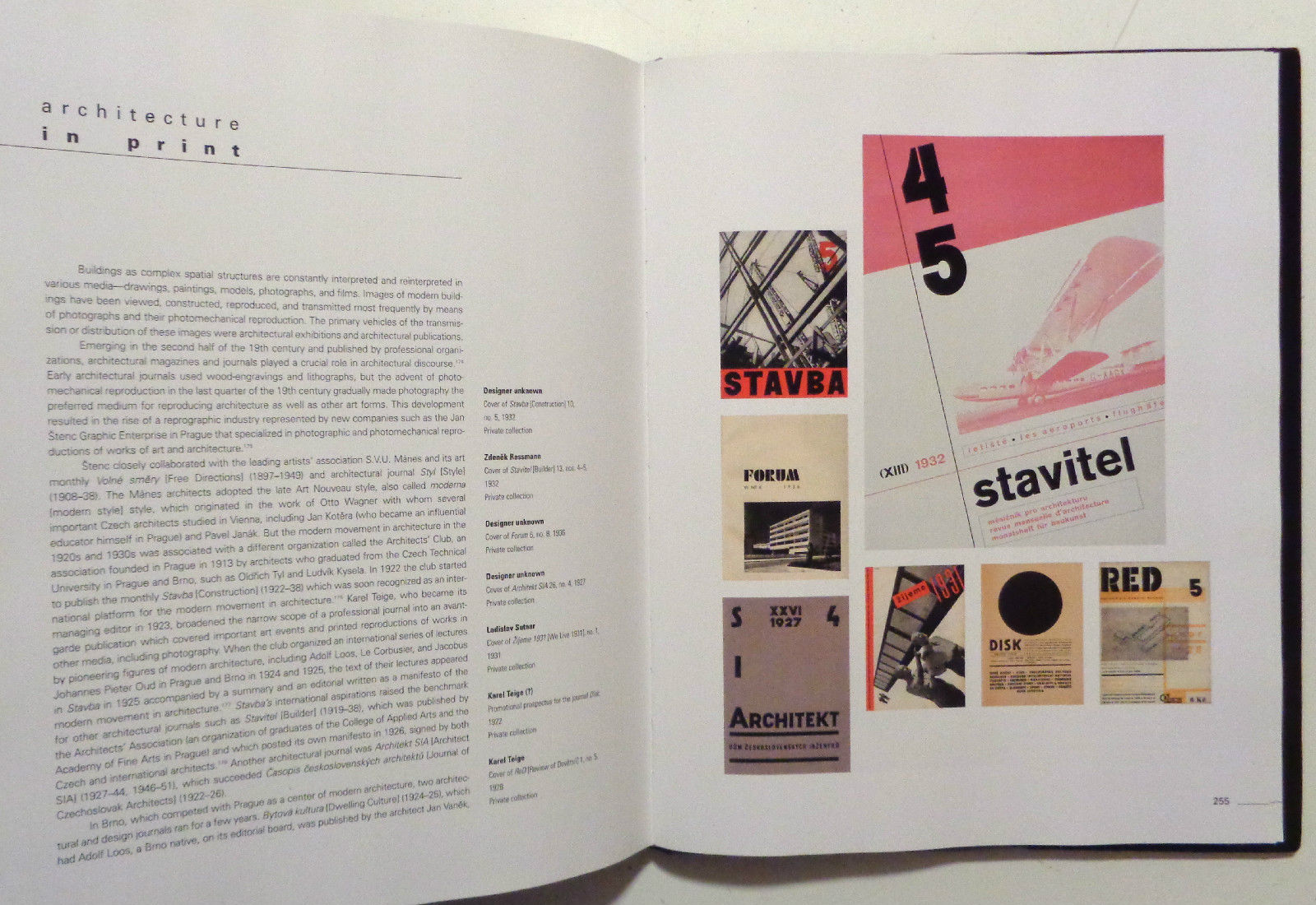 In his chapter on Zlín, Andel explains how Zlín, a corporate factory town and the headquarters of Bata Shoeworks, became a center of modernist architecture simply through the developmental planning of an industrial establishment.
In his chapter on Zlín, Andel explains how Zlín, a corporate factory town and the headquarters of Bata Shoeworks, became a center of modernist architecture simply through the developmental planning of an industrial establishment.
From a Le Corbusier commission in 1935 through the construction of Bata department stores and urban shopping arcades throughout the country, Zlín became a model development of modernism.
“Zlín was not only a shoe town, as it was depicted in postcards that showed a cut-out view of the town in the form of a shoe, but a symbol of a new world that provided seemingly endless possibilities identified with modern technology, industrial production, and corporate organization.” – Jan Andel
“Aerial views, which were introduced by 19th century balloonists, pioneers of aerospace exploration, had a revolutionary impact on pictorial representation, including architecture, by subverting established representational conventions based on linear perspective. [ … ] These intersections of aviation and the new architecture demonstrate the impact of aviation and aerial photography on the architectural imagination while indicating parallel paths of the new architecture and the new photography. [ … ] ‘the primary aim, the driving force of new architecture was the effort to achieve a supremacy over heavy matter, a free plan, and the greatest variability possible.’ (In Praise of New Architecture, Prague 1940)
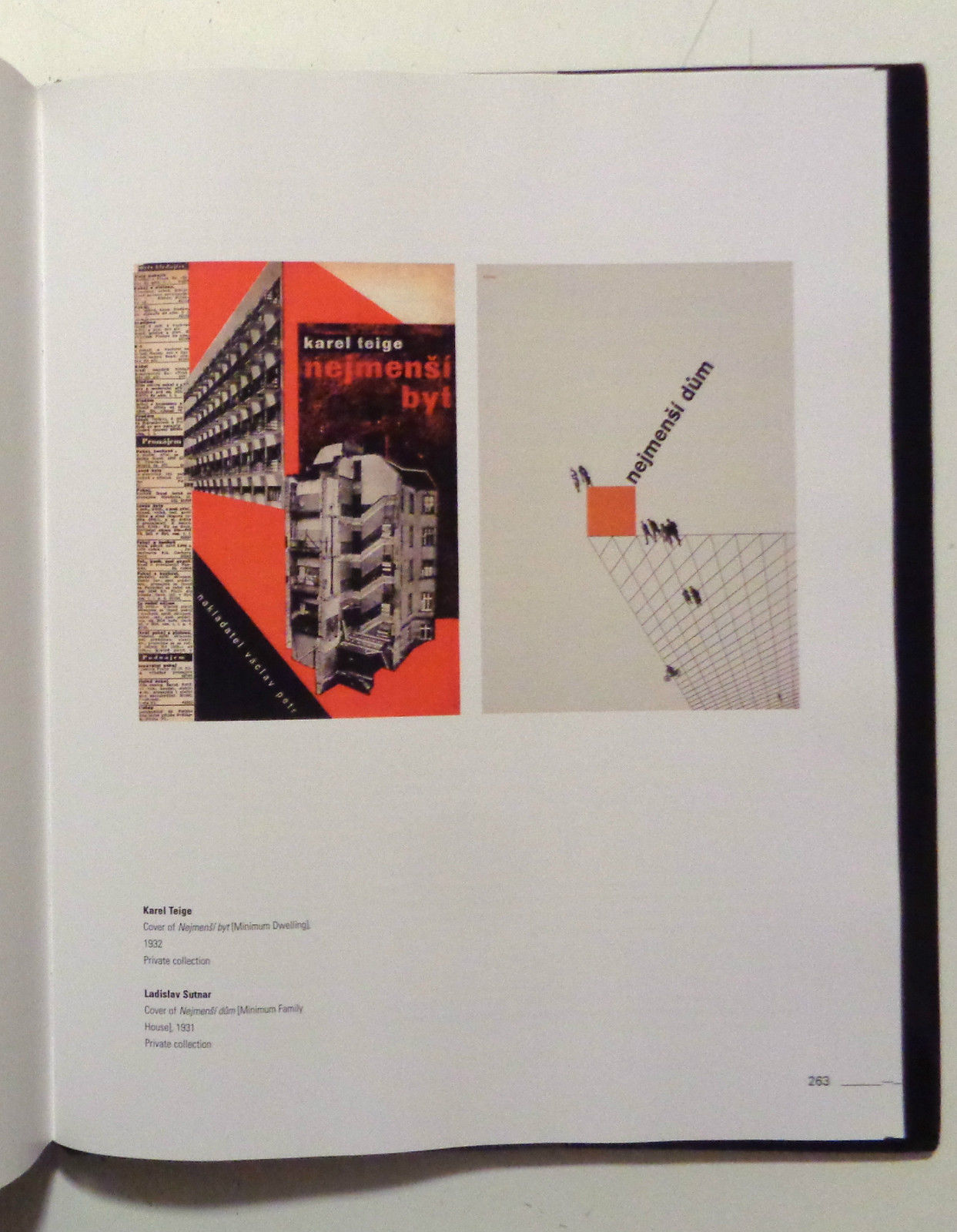 The airplane represented not only a symbol of technological progress and the triumph of science and technology, but also the realization of one of the archetypal dreams of mankind – a symbol of freedom that inspired various fields of human activity. As aviators and architects sought to master the forces of gravitation to a greater and greater degree, the aerial views and the airplane embodied aspirations of the new architecture and functioned as an attribute and symbol of its bold visions.”
The airplane represented not only a symbol of technological progress and the triumph of science and technology, but also the realization of one of the archetypal dreams of mankind – a symbol of freedom that inspired various fields of human activity. As aviators and architects sought to master the forces of gravitation to a greater and greater degree, the aerial views and the airplane embodied aspirations of the new architecture and functioned as an attribute and symbol of its bold visions.”
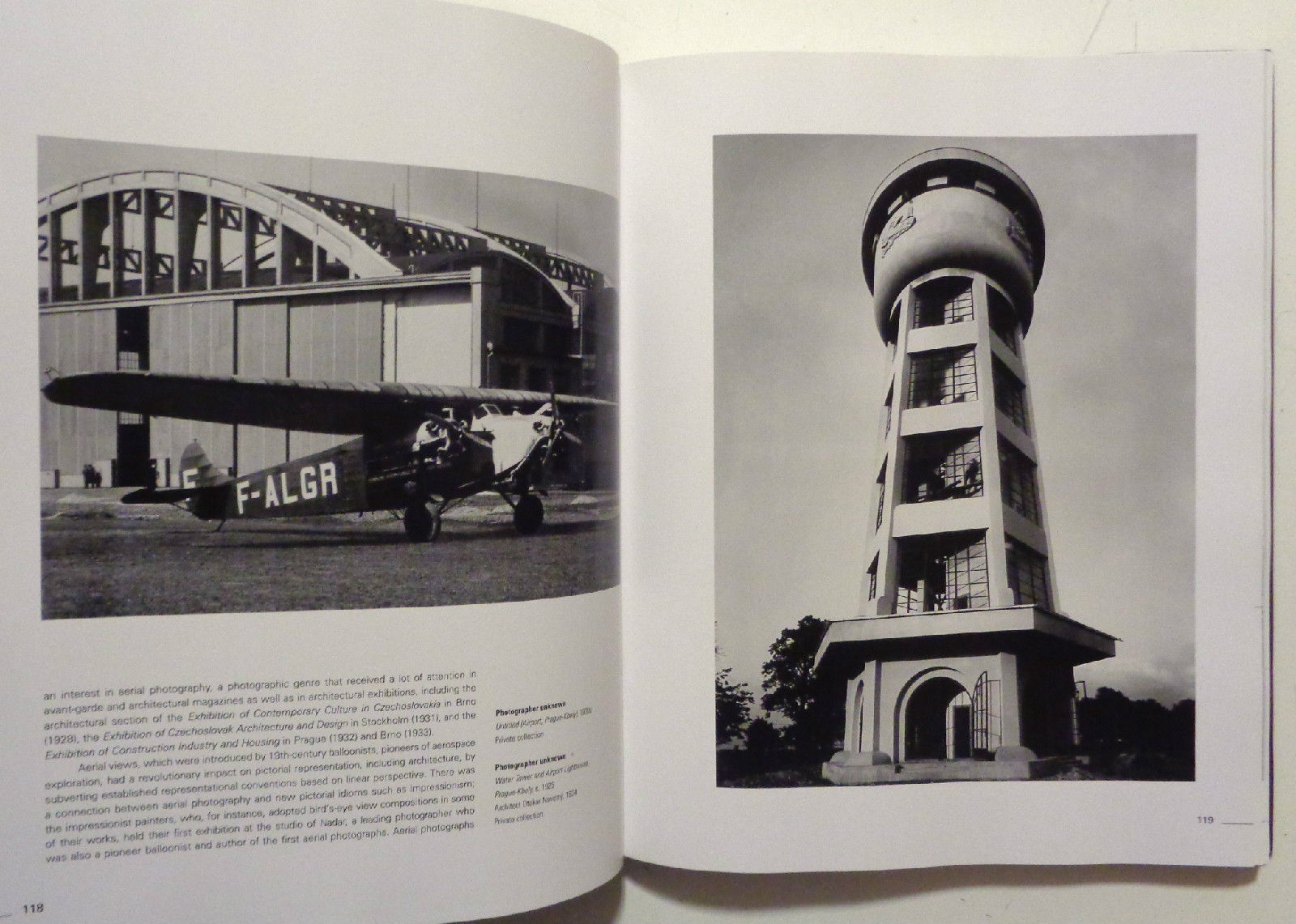 The author of The New Vision for the New Architecture Czechoslovakia 1918-1938, Jaroslav Andel, received a Ph.D. in art history from Charles University and a M.F.A. in photography from the Film and Television Faculty of the Academy of the Performing Arts in Prague. In 1982 he moved from Prague to New York City, working internationally as lecturer, curator, author, and editor. Between 1996 and 1998 he served as director of the Center for Modern and Contemporary Art at Prague’s National Gallery. Dr. Andel is currently artistic director of DOX, Center for Contemporary Art in Prague, Czech Republic.
The author of The New Vision for the New Architecture Czechoslovakia 1918-1938, Jaroslav Andel, received a Ph.D. in art history from Charles University and a M.F.A. in photography from the Film and Television Faculty of the Academy of the Performing Arts in Prague. In 1982 he moved from Prague to New York City, working internationally as lecturer, curator, author, and editor. Between 1996 and 1998 he served as director of the Center for Modern and Contemporary Art at Prague’s National Gallery. Dr. Andel is currently artistic director of DOX, Center for Contemporary Art in Prague, Czech Republic.
This lovely work is a rare hardcover, 280 pages, 12 x 9.5″ and if you have a chance, try to get your hands on a copy of The New Vision for the New Architecture Czechoslovakia 1918-1938.
A wonderful find!
If you have not already subscribed to get TresBohemes.com delivered to your inbox, please use the form below now so you never miss another post.
Remember, we rely solely on your donations to keep the project going.
Become a friend and get our lovely Czech postcard pack.


